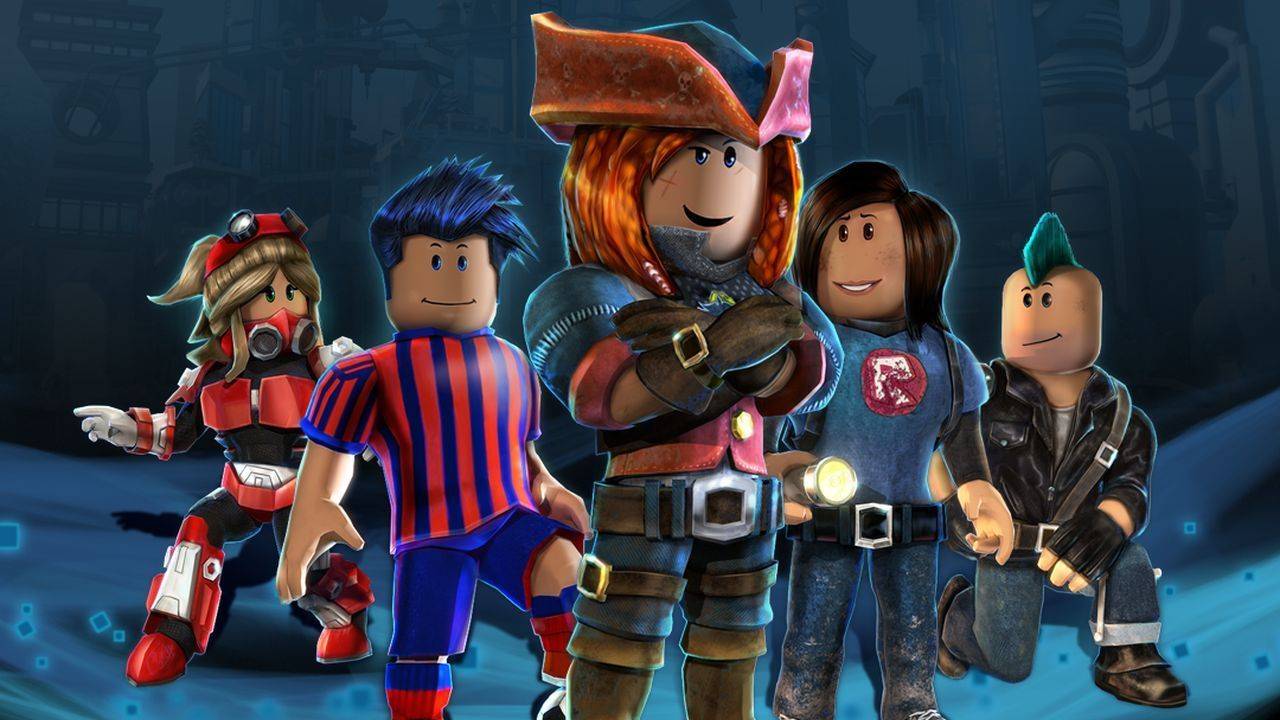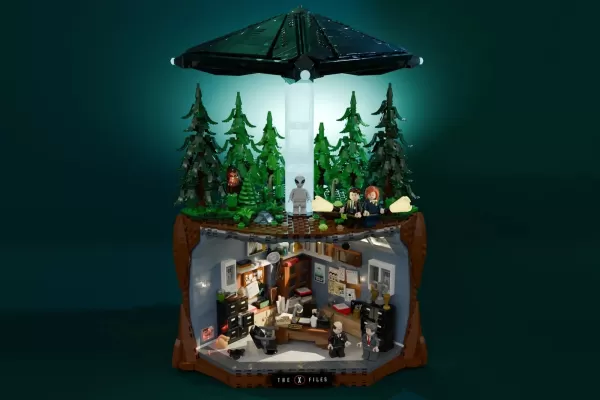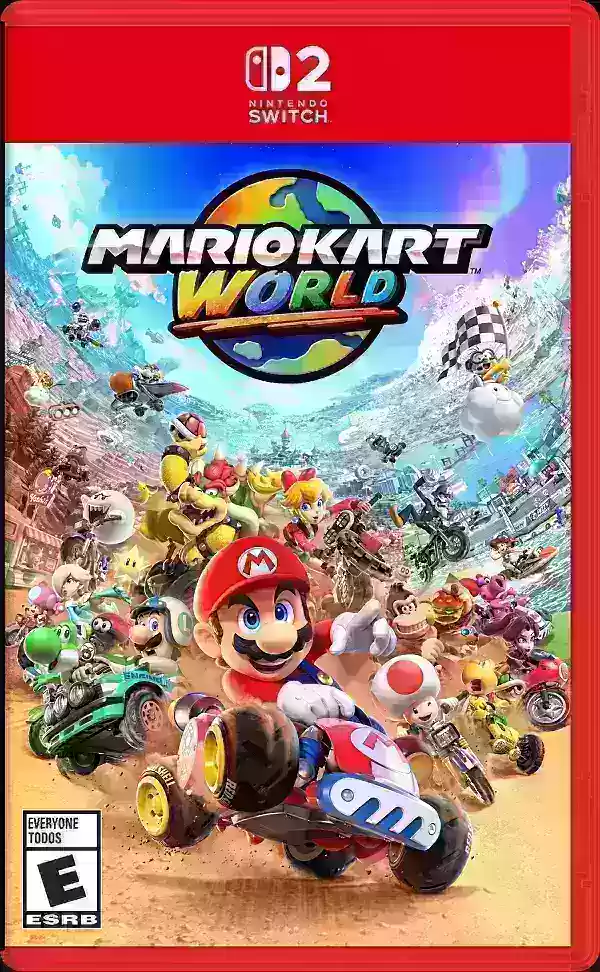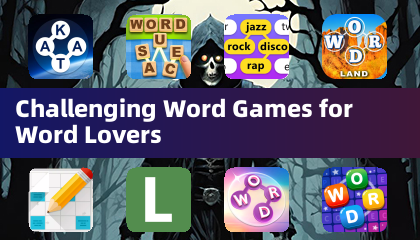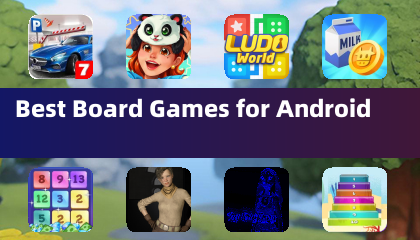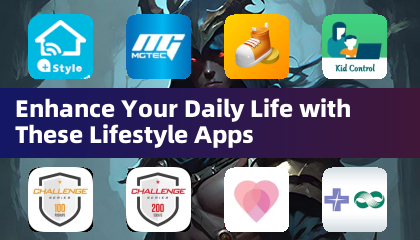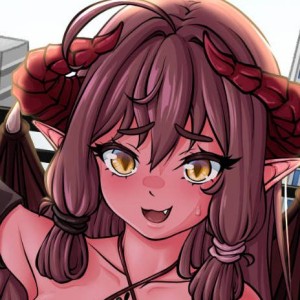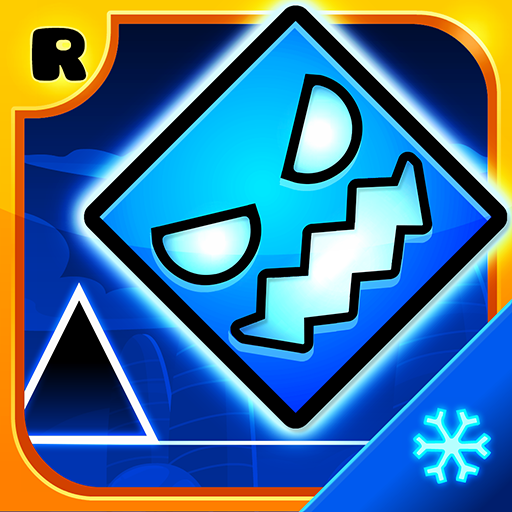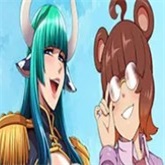Astro Bot fans are well-acquainted with the intriguing story behind the sponge power-up, but did you know that Team Asobi, the developers behind the game, also experimented with even more unconventional powers? At GDC 2025, IGN had the chance to attend a talk by Team Asobi's studio director, Nicolas Doucet, titled "The Making of 'ASTRO BOT'". Doucet provided an in-depth look at the development process, showcasing early prototypes and cut content that never made it into the final game.
Doucet started by discussing the initial pitch for Astro Bot, which was crafted in May 2021, shortly after Team Asobi began prototyping the game. The pitch underwent 23 revisions before being presented to top management. Initially, it was presented in the form of an adorable comic strip that highlighted the game's main pillars and activities. The pitch's success was evident as it effectively captured the essence of what Astro Bot would become.
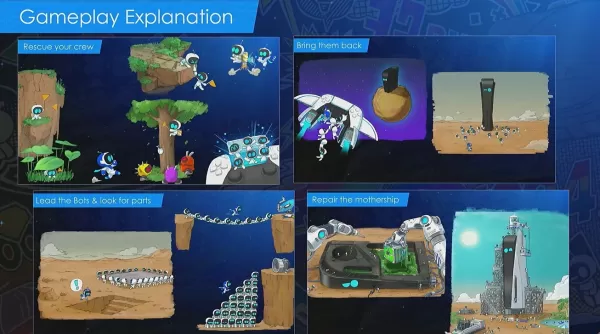
Doucet then delved into the creative process behind generating ideas for the game. He revealed that Team Asobi employed a lot of brainstorming, organizing small groups of 5-6 people from various disciplines. These groups used sticky notes to jot down and sketch their ideas, leading to an impressive brainstorming board:

However, not every idea progressed to the prototyping phase. Doucet mentioned that only about 10% of their brainstormed ideas were actually prototyped. He emphasized the importance of prototyping across all departments, including an example where audio designers created a theater within Astro Bot to experiment with haptic controller vibrations that matched different sound effects, such as various ways a door could open and close.
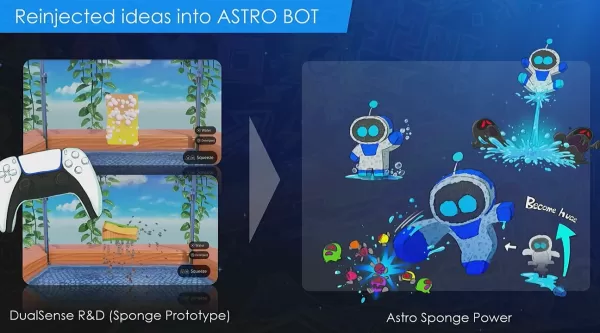
Prototyping was crucial to Team Asobi's development process, with a few programmers dedicated solely to prototyping non-platforming elements. This approach led to the creation of Astro Bot's beloved sponge mechanic, which was prototyped using the adaptive trigger and found to be fun enough to include in the game.
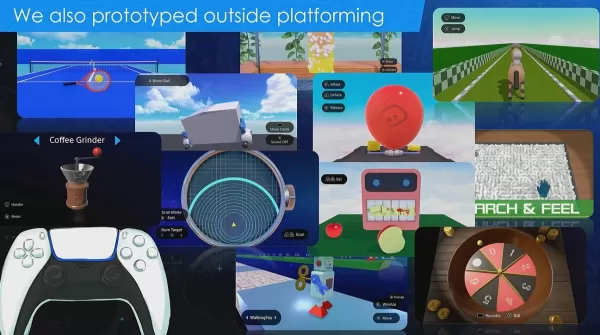
Doucet shared an image showcasing various prototypes, including the balloon and sponge that made it into the game, as well as others like a tennis game, a walking wind-up toy, a roulette wheel, and a coffee grinder, which did not.
In discussing level design, Doucet explained that each level was designed to offer unique gameplay experiences, avoiding repetition. While the same power-up could be used across multiple levels, its implementation needed to be distinct enough to keep each level feeling fresh. He showed images of a cut level themed around bird flights, which was removed due to its similarity to other levels using the monkey power-up.
"In the end, it was decided that the overlap was not healthy enough to create variety, and we just cut this level entirely," he said. "We'll never know if that level would have been popular. But in hindsight, I think it's a good thing that we got to spend that time elsewhere."
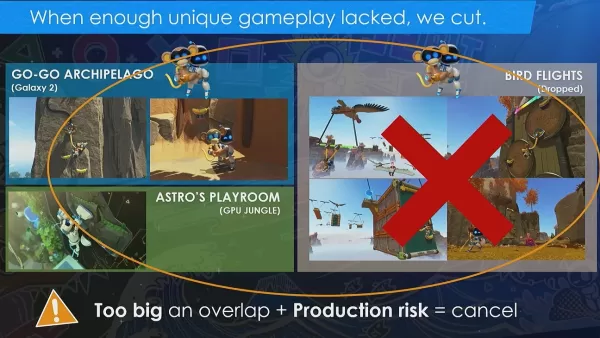
Towards the end of his talk, Doucet touched on the game's final scene, which contains **spoilers for those who haven't finished Astro Bot**. In the final scene, players reassemble a broken Astro Bot with the help of other bots. Initially, the scene featured a completely dismembered Astro Bot, but this was changed due to player feedback, resulting in the slightly more intact version seen in the game.
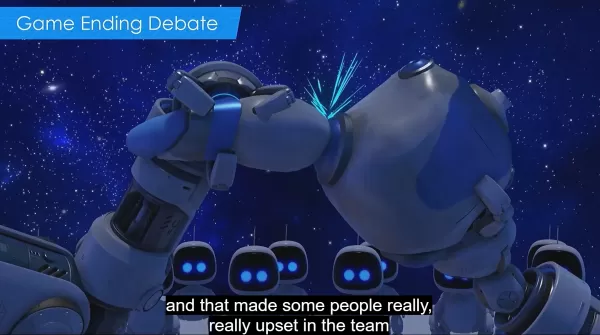
Doucet's talk was filled with fascinating insights into the development of Astro Bot, a game that IGN awarded a 9/10 in our review, praising it as "A fantastically inventive platformer in its own right, Astro Bot is particularly special for anyone with a place in their heart for PlayStation."







 LATEST ARTICLES
LATEST ARTICLES 